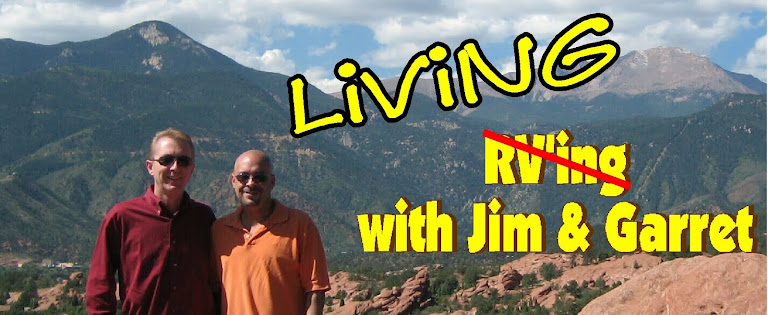Back to the Ghost Town. What I thought most interesting was that the Historic Society permitted unescorted self-tours. Some of the structures were partially restored, mostly safety features, like floor boards that won't cave in. Remember, all of this is very remote, so again, no supervision. Here and there were some information boards about a structure or mine.
If you care to read more, see below, otherwise skip over the next paragraph. History as printed by Bureau of Land Management Environmental Education.
One highlight on the Alpine Loop is the historic mining town of Animas Forks, named for the three forks of the Animas River, which flows through the townsite. Animas Forks is tucked away twelve miles northeast of Silverton, Colorado, at 11,200 feet — more than two miles — above sea level The town's first log cabin was built in 1873; by 1876, this bustling mining community boasted 30 cabins, a hotel, a general store, a saloon, and a post office.The population of Animas Forks grew to about 450 people by 1883. The town also had a newspaper, The Animas Forks Pioneer, published from June 1882 through October 1886 at the highest newspaper printing plant in the history of the United States. Every fall, most residents left in a mass exodus to "warmer" Silverton. In 1884, Animas Forks suffered a blizzard that lasted 23 days and dumped 25 feet of snow on the town. Residents dug tunnels to get from building to building.Before Silverton became an incorporated town, Animas Forks was the San Juan County seat, where court cases were heard. One man who didn't like the outcome of his trial promised, "I'll take this to a higher court!" Responded the wry judge, "There is no higher court in Colorado."Mining projects, processing mills, and speculation led to the rapid growth of Animas Forks. The town declined when mining profits no longer justified investments. Mining activity rebounded briefly with the construction of the Gold Prince Mill in 1904. Completion of a rail line to Animas Forks also stimulated mining interests, but the rail line success fell short of expectations. The Gold Prince Mill ceased operation in 1910; in 1917, miners removed its major parts for use in a new mill in Eureka. Dismantling the mill signaled the start of the final decline for Animas Forks, reducing the community to a ghost town by the 1920's.
This trail was rated a class 2 (moderate) for difficulty. I think a lot of it was worse than that. A good part of the roads were narrow and very rocky and at 5 mph, it took forever. Don't get me wrong, the views, the history, the old mine shafts, all were eye candy, BUT several hours of being flung around in a Jeep got old.
For 2-3 days while touring around, I'd catch this sweet-musk type smell. Every time I asked Jim if he smelled it, he'd say no. I thought perhaps some type of fragrant flower around. The only problem is, there are no flowers around. Finally today, Jim smelled it. He quickly identified it as a leaking bottle of Skin-So-Soft in the back of the Cherokee. I was almost ready to ask the readers of the blog to help identify it.
I do need help figuring out what I've seen a lot of. As we drive about, I'll see fencing, be it chicken wire or such. Every 10 or so posts will be a birdhouse looking thing. Does anyone know what it's for? Is it a place for copies of deeds or proof of ownership is stored for the public to view?
We finally made it off the rocky trail. We had started all of this at 11am and it was now 4. As the brochure stated, we'd be left off in Lake City. We toured this little downtown city for a few minutes and marvelled at the old buildings. It was time to head home. I programmed the GPS for our return. 3 HOUR drive home. We were shocked. Yes, I realize a "pass" went over mountains but damn, 3 hours? Shoosh. We got home at about 8. It was a long day.
Slideshow Below
Video below: Cherokee on the trail
Video view of Animas Fork below
Mountainous View video below
Just a video below of our snow follies

The little birdhouse thingies are just that...birdhouses. Well, nesting boxes for birds. They are for bluebirds (western and mountain bluebirds to be exact). You can read more about them here: http://dnr.state.co.us/newsapp/press.asp?pressid=4755
ReplyDeleteI'm glad you enjoyed your trip through Colorado. Oh, and Estes Park is beautiful, but it's a town, not a state park. There IS Rocky Mtn. National Park just outside town, though. But if you drove the Peak to Peak scenic highway, you probably got the idea ;-).
Happy and Safe travels!